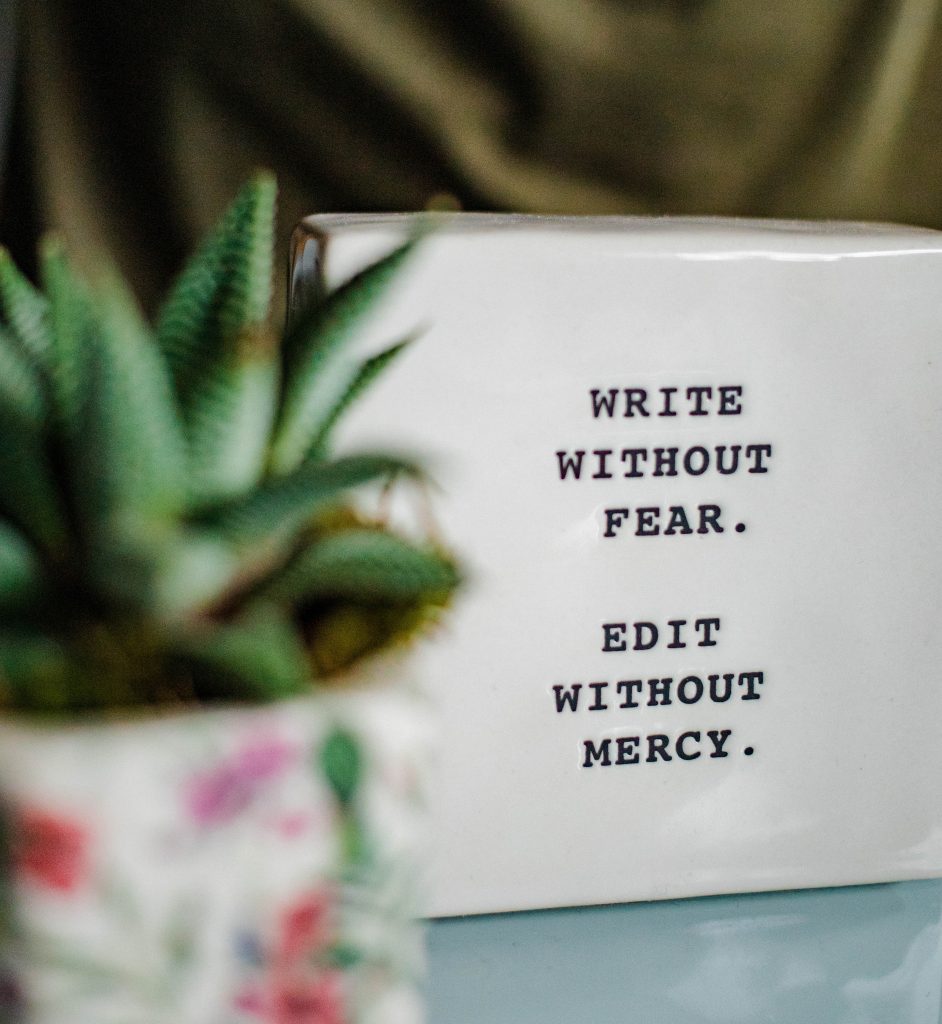6 tips for great blog posts
You’ll probably write a blog post at some point, whether that be for school, work or fun. Blogs usually straddle the line between academic and personal narrative writing, incorporating elements from each. This is what makes them both simple and challenging, depending on which style you naturally gravitate toward. Here are some tips and tricks to creating a relevant and skillfully written blog post.
1. Know your audience and your goal.
Before you do anything else, identify your audience. Who is this post for? A post written for your professor may look very different from a post written for fans of your favorite TV show. What is your goal with this post? Do you want to educate? Entertain? Some combination of the two? This will help you identify what writing style to use, the length, if you need visuals, etc.
TIP: Your intended audience may change as you write the first draft of the post. That’s OK!
 2. Don’t fall in love with your first draft.
2. Don’t fall in love with your first draft.
A common pitfall is getting too caught up in the ‘magic’ of the first draft. It’s natural to want it perfect on the first try, but this is unrealistic and can actually stunt your writing. Allow your words to grow and change. Get feedback on your first drafts and make them better. Walk away from your work for a few hours and come back with more perspective. Whatever you do, don’t jot something down in five minutes and click “publish”.
TIP: Have a trusted writing buddy to look over your work and give you constructive feedback on a regular basis. Offer to do the same for them.
3. Do your research and cite accordingly.
Just because blogs tend to be more informal doesn’t mean they shouldn’t be backed up with facts and research. This is especially important for writing academically, but it’s also relevant to personal posts.
The great thing about blog citation is that you can usually cite by simply linking to the outside content you’re referencing, rather than writing a formal citation. This is because a large part of blogging is being part of a “blogosphere” where many blogs and their ideas are connected to each other (and the internet at large). This helps your reader understand where you’re coming from and makes you more credible. Plus, even if you think you’re an expert on a topic, there are always things you can learn from reading and engaging with what others have to say!
TIP: Keep your links in a separate location that you can easily keep track of. Then you’ll have them handy for when you start formatting.
4. Tone matters.
Remember how I mentioned professional vs. personal voice? Striking the right tone is a common blogging struggle.
- A professional blogging voice rarely contains slang or profanity. It’s structured, literal, and more objective. Usually, these posts are part of a marketing plan or submitted as an assignment. When writing in a strictly academic voice, think about someone you respect and write how you’d want to come across to them.
- A casual blogging voice is what you might use to write an update for a friend or post on social media. It typically features personal opinions and stream-of-consciousness writing. Basically, it’s the written form of how you talk.
- This post is a mixture of the two. The sentences aren’t long and I’m speaking to you in a personable tone — friendly, but not overly familiar. There’s not much slang (if any), but the writing isn’t stuffy. Aiming for this tone is a great way to attract readers with your personality and convince them to return, because you sound like you know what you’re talking about. If you’re an ASU Digital Media Literacy I/II student, this is the recommended style for your assigned blog posts.
TIP: For your first draft, just get your thoughts down and let the writing flow naturally. You can change things during the editing stage. When in doubt, err on the side of a more professional tone.
5. Keep up appearances.
Blog posts tend to be short, and so are people’s attention spans. Your readers are looking for something informative yet easy to digest. That’s why they’re coming to a blog for this information rather than an academic journal.
Split ideas up with numbered bullets, refrain from overly long paragraphs, and highlight important ideas with Bold or Italic text. Pictures and/or screenshots are great tools to illustrate your point and break up walls of text.
If you use pictures from the internet, make sure they’re royalty-free. Sites like Unsplash, Pexels, and Pixabay offer images (and videos!) that you can use however you want.
TIP: Look around at blog posts you’ve enjoyed and analyze why you like them. Are they reliant on visuals? What’s the writing voice like? Try to mimic their style to see how they do it. Reading a lot makes writing way easier.
6. Sign off properly.
Here’s where a blog post is similar to an academic paper: it needs a strong conclusion. Summarize what you’ve done and come up with something appropriately catchy to help readers remember you after they’ve clicked off the webpage. You can also include a “call to action” such as:
- We post every Wednesday. Subscribe so you never miss an update!
- Leave a comment if you can relate to this.
- We love connecting with readers on Twitter. Give us a follow!
If people like your writing voice and your information is useful to them, you’ll always keep them coming back for more.
Good luck and happy writing!
Quinlyn
Quinlyn Shaughnessy is a Mediactive teaching assistant with a love for all things media-related. She holds a BA in Mass Communication & Media Studies from ASU’s Cronkite School and can usually be found typing, reading or watching.
Twitter
